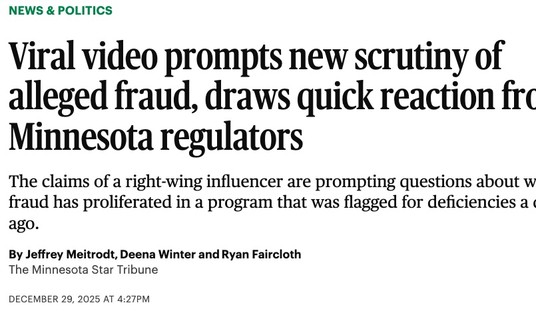Over the past few years, I have written numerous times about the dangers of static tax analysis — the practice of predicting revenues from tax policy changes that assumes that tax policy has no effect whatsoever on the behavior of consumers and investors. Static tax analysis disregards the fact that every action generates a reaction, while dynamic tax analysis attempts to predict behavior in modeling changes in tax policy. This sounds like a dry, academic topic, but it has real-world implications, as we can see in the new health-care overhaul plan from Senator Max Baucus (D-MT). The entire plan hinges on tax revenue that will almost certainly never appear, as I explain in my new AIP column:
Bloomberg reports that $259 billion of the estimated $859 billion in new costs over the first decade of the program would come from taxing so-called “Cadillac” or “gold-plated” health care plans:
According to a “very preliminary” estimate by the congressional Joint Committee on Taxation, Baucus’s proposal would raise $259 billion in taxes, mostly from imposing a 35 percent excise tax on insurers that offer health plans valued at more than $8,000 for individuals and $21,000 for couples.
According to the Kaiser Family Foundation, around 18% of individuals have health-care plans that exceed $5800, and 20% of families have coverage that costs more than $16,000. Those numbers make it likely that more than just the upper-crust 5% will have to pay taxes on their coverage, which breaks an oft-repeated promise from Barack Obama that 95% of Americans won’t see a tax increase in his administration.
However, that’s not the main problem with Baucus’ plan. It assumes that the market will not change after he levies a whopping 35% excise tax on “Cadillac” plans. Insurers facing that kind of disincentive, especially as sharp as a 35% excise tax, will simply stop offering those plans. Either that, or they will pass the costs on to the consumers of the plans, but consumers will balk at paying 35% more for their existing plans when less expensive plans exist.
When those plans disappear, what happens to the funding for Baucus’ overhaul? It develops a big $259 billion hole, which will have to get filled some other way. The most likely outcome will either be cutbacks in spending and more rationing decisions, or bigger taxes on the middle class.
In fact, Jay Rockefeller objected yesterday on the basis that the Baucus revenue plan amounted to a middle-class tax in and of itself:
It’s not every day that you hear a Democratic senator charge that a fellow Democrat is proposing to raise taxes on the middle class, but that is what happened on Tuesday when Sen. Jay Rockefeller, D-W.Va., ripped into the health-care bill developed by Sen. Max Baucus, D-Mt., the chairman of the Senate Finance Committee.
The Baucus proposal would impose, starting in 2013, a 35 percent excise tax on insurance companies for “high-cost plans” — defined as those above $8,000 for individuals and $21,000 for family plans. …
Referring to Baucus, Rockefeller said, “He should understand that (his proposal) means that virtually every single coal miner is going to have a big, big tax put on them because the tax will be put on the company and the company will immediately pass it down and lower benefits because they are self insured, most of them, because they are larger. They will pass it down, lower benefits, and probably this will mean higher premiums for coal miners who are getting very good health care benefits for a very good reason. That is, like steelworkers and others, they are doing about the most dangerous job that can be done in America.”
“So that’s not really a smart idea,” Rockefeller continued. “In fact, it’s a very dangerous idea, and I’m not even sure the coal miners in West Virginia are aware that this is what is waiting if this bill passes.”
Or, more likely, those plans will disappear. Obama will have broken his pledge that ObamaCare will not affect those who already have insurance, as the people covered on those plans will have to scramble to find another, and possibly be forced to change doctors and clinics when they do. Plus Obama will have broken his pledge that 95% of Americans would not see their taxes raised a single dime.
These are the traps that static tax analysis lays for those who use it. In this case, this is so obvious that it’s questionable whether we should blame static tax analysis at all, or just the bureaucratic cluelessness of people who have no familiarity with the private sector and its normal reaction to taxation.
Be sure to read the entire column. While you’re at AIP, catch up with the blog and other columnists. John Gibson rightly crows about AIP’s award for Best Political Website. Michael Barone says that job-killing policies will doom Democrats in 2010. Jimmy Bise worries about whether Obama owns all our Tweets now.








Join the conversation as a VIP Member